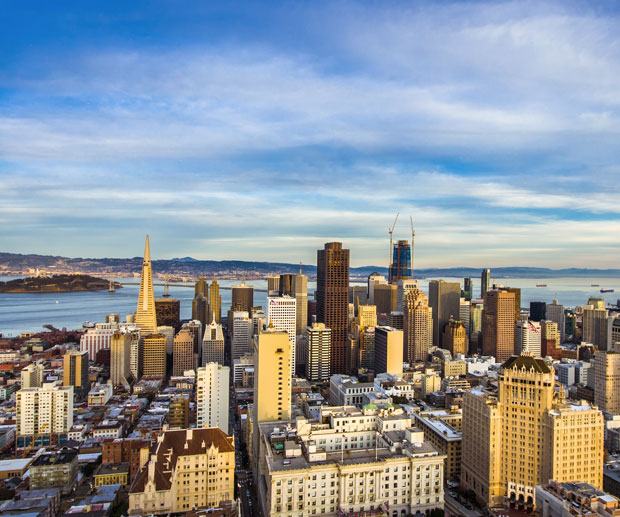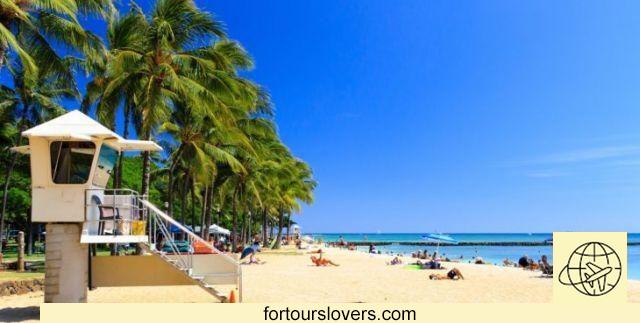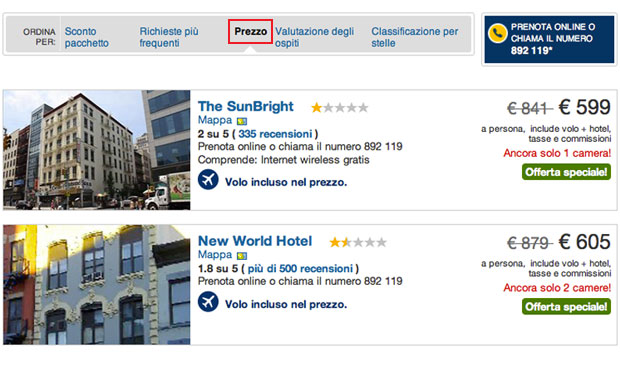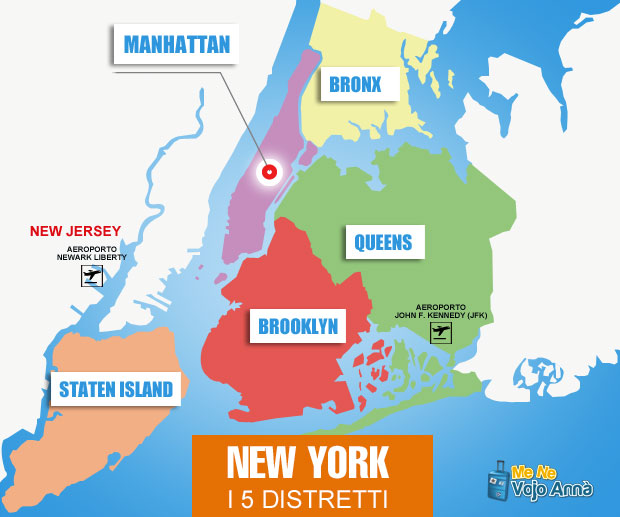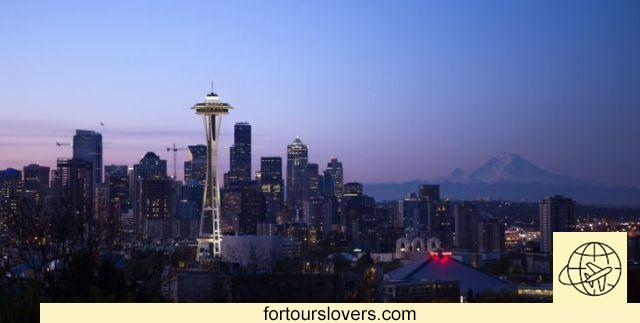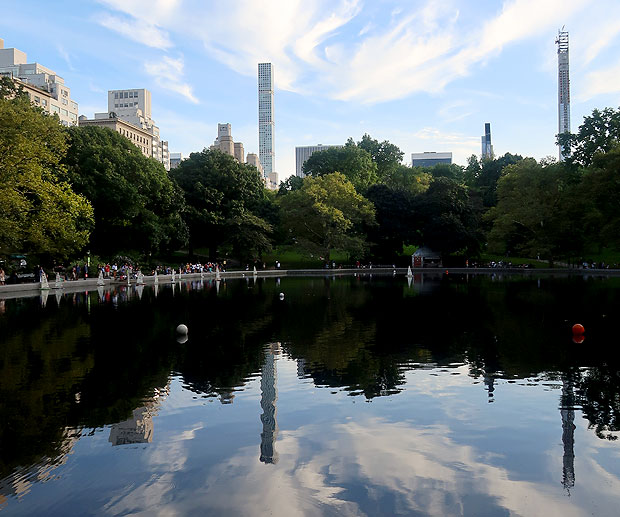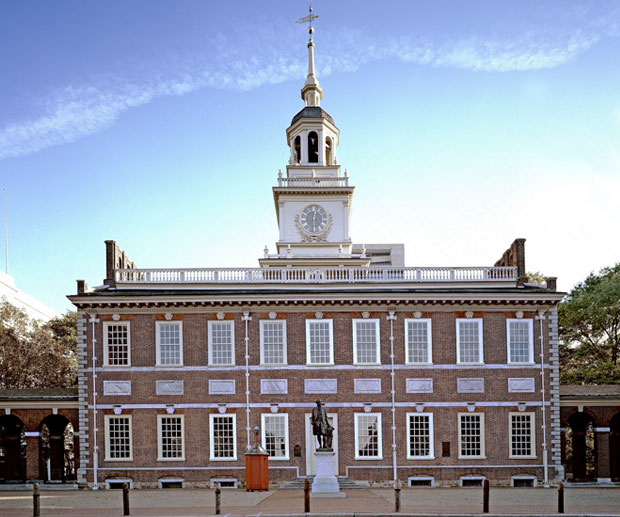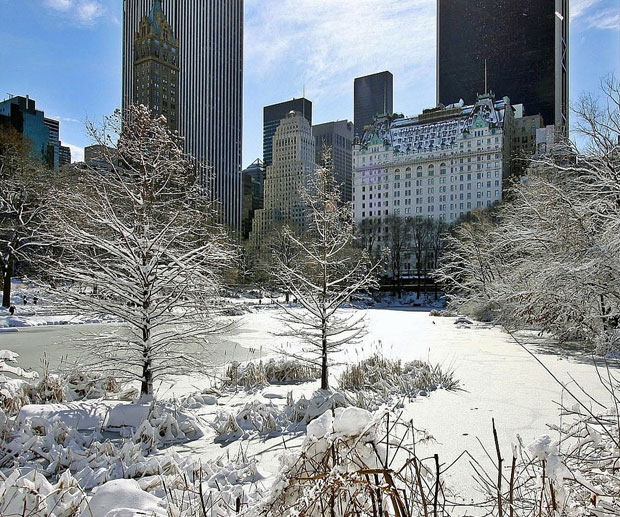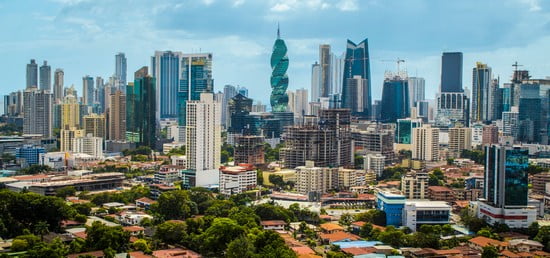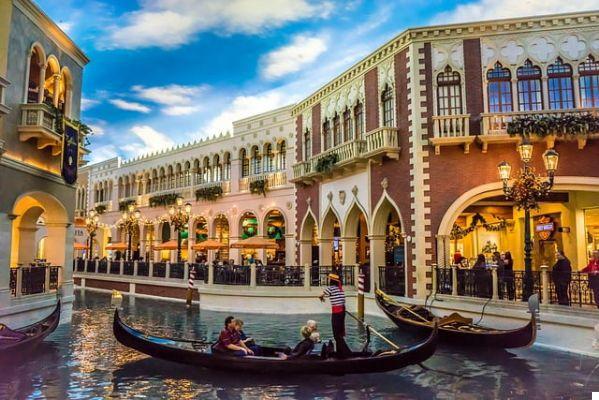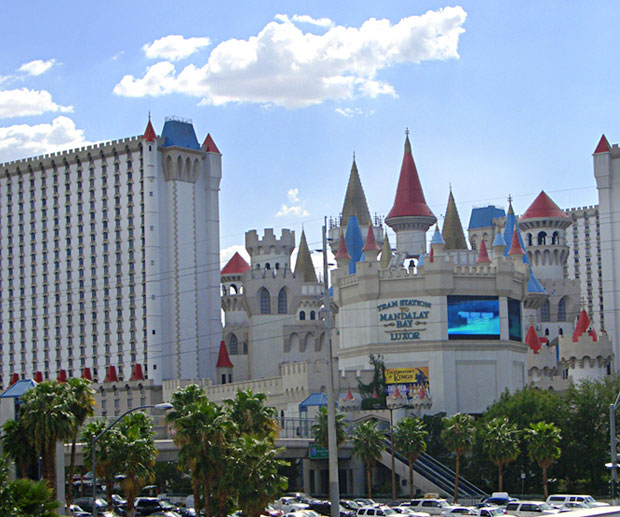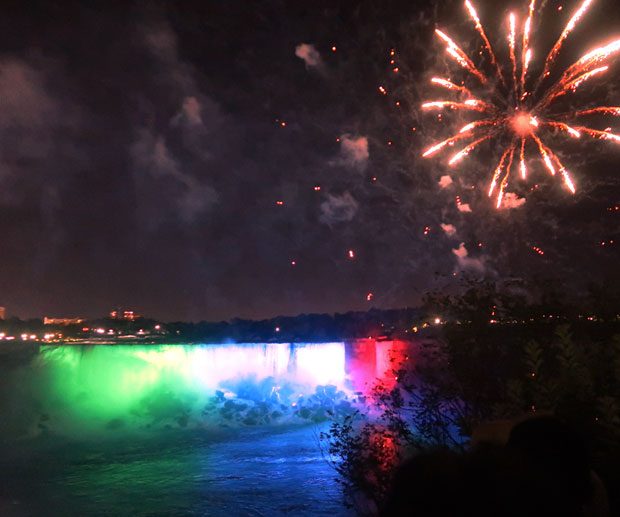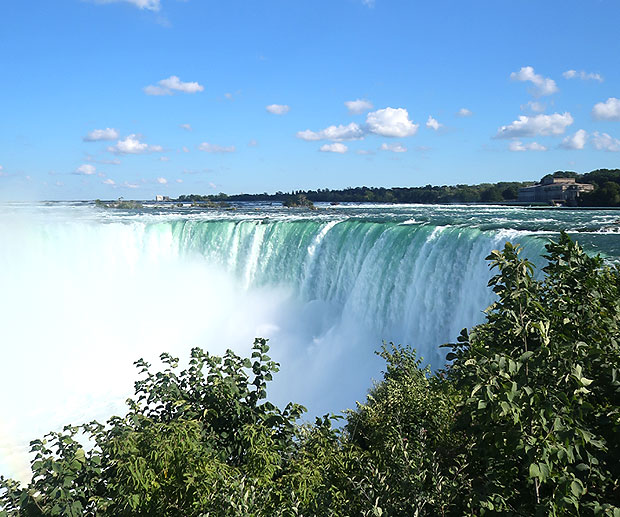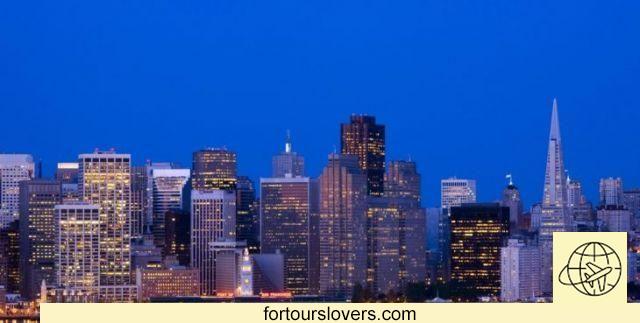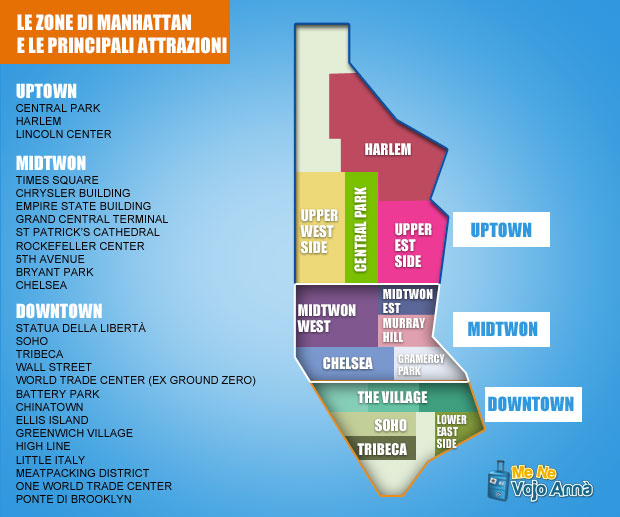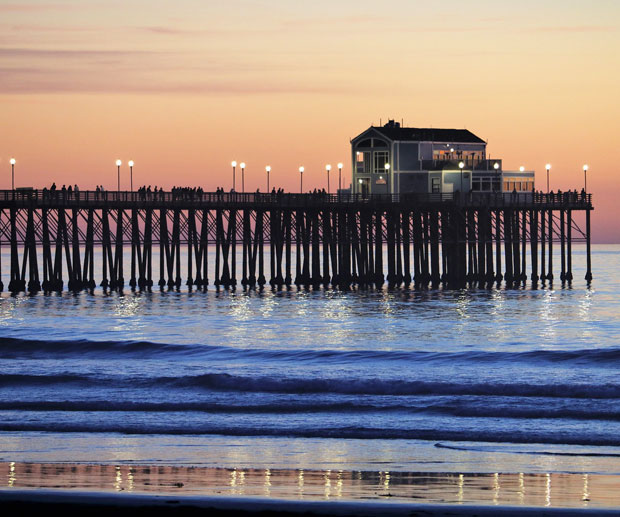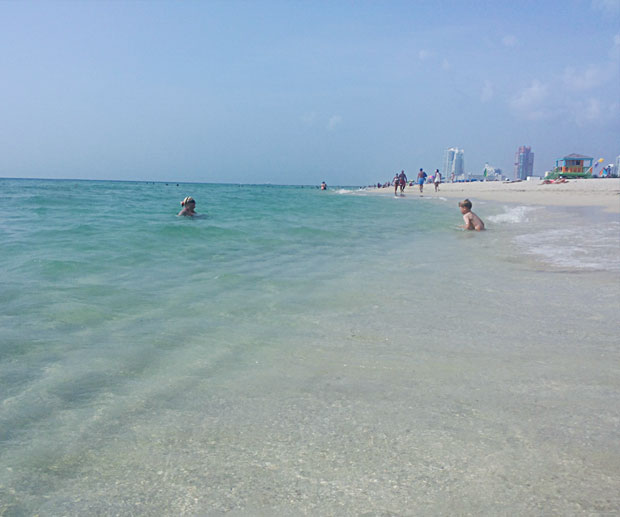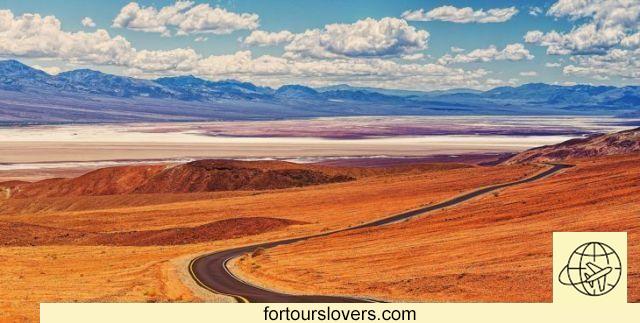
West America
14 things to do and see on the Wild West America itinerary and 1 not to doThe American West: an itinerary among the most beautiful national parks
A training trip in every sense, that which is accomplished by launching on the American roads of the west to reach the places where nature shows itself in all its grandeur and the landscape does not skimp on high quality special effects. But also an immersion in the stars and stripes culture and the two speeds in which life proceeds in this immense and mythical American territory. The the sleepy slowness of the settlements along the US Highways, which have nothing of our villages, neither center, nor square, nor people on the street, because the street is only for cars. In these places you can get gas, eat at a Diner, shop at a Wallmart, maybe sleep. And by contrast, the electric life of a city like Las Vegas, where you can do everything and beyond the imaginable, in a context so saturated with stimuli that it is difficult to face it without careful planning. A journey into the cinema, because many of these places have repeatedly been used as the scene for cult films, not just westerns. An itinerary, if desired, also archaeological, geological, botanical, faunal that has many arrows in its bow, including Indian culture. Challenging from the point of view of the km to grind, certainly not low budget, but not impossible if well organized, choosing off-season periods, booking flights well in advance. Petrol in the US is very cheap, the rental car is cheaper than in Spain and many European countries. Motels are the best solution for those who want to keep a low profile, often offering very spacious and comfortable rooms. Camping is an excellent economical alternative and allows for greater contact with the nature of the west. Obviously, unless you are very experienced, wilderness camping outside the facilities is not recommended. Bears, snakes, coyotes and other cute wild beasts could be a hiccup. The itinerary we propose forms a loop with arrival and departure from San Francisco or Los Angeles. Happy reading.
1 Yosemite National Park
290km from San Francisco, there is Yosemite National Park which is a bit of the epitome of the stars and stripes nature: a vast wilderness, full of high peaks, waterfalls, towering granite rock formations, giant sequoias, valleys covered with snow in winter, with wild flowers in summer, alpine lakes. Much loved by Americans, who back in the distance 1864, by decree of Abraham Lincoln, they made it the first protected natural site in the world. Its naturalistic and scenic beauty make Yosemite one of the most popular places in the country, with millions of visitors every year. So if you want to enjoy Yosemite as it appeared to its original inhabitants, the Ahwahnee, and admire theHalf Dome free from human beings, you will have to work a lot and above all locate the period right which may be late spring o end summer, on weekdays. Despite the inaccessibility of numerous paths, too winter has its advantages: total tranquility and fairytale scenery with frozen rivers and snowy peaks. The park's hotspot is there Yosemite Valley, an extraordinary example of a glacial valley, dominated by El Capitan, 2307 meters and Half Dome, 2694 meters, two giant granite monoliths, symbol of the park. Other places from desktop photos are: Hetch Hetchy, Yosemite Falls, Vernal and Nevada Falls, Bridalveil Fall, Clark Range and Cathedral Range.
2 Sequoia National Park
Who among us would not want to see a tree 100 meters high at least once in their life? Is called General Sherman tree, it's a giant sequoia, considered the largest living being on the planet. Can you hug him? No, because it is fenced; among other things you would not even succeed: its circumference is 31 meters! To admire this spectacular creature you have to point the car towards the Sequoia national park which is located at 130 km south of Yosemite. It's about a giant sequoia forest, trees that grow at medium altitudes along the western side of the Sierra Nevada. Although they are not the oldest trees in the world, they are known to reach a considerable age: up to 3.400 years. In addition to the forest of green giants, this region includes another interesting area, King Canyon, that offers spectacular landscapes, mountains, hills, deep canyons, and numerous caves to explore. When to go there? Not before June, because the region is located in 2000-2500 meters of altitude and it is covered with snow many months a year. Entrance to this national park costs $ 35 (per vehicle) and lasts a week, people on foot or by bicycle pay $ 20 each. More info: https://www.nps.gov/seki/planyourvisit/fees.htm.
3 Bodie, the ghost town of the far west
In good weather, from Yosemite National Park, it can be reached in about an hour by car Bodie, the most famous ghost town in CaliforniaThrough Tioga road, a road closed in winter. Sort like mining center in the 800th century, the town is now considered a place of national historical interest and has been included among the State Historic Parks. Fans of ghost town and western movies can experience the thrill of wandering around in a far west country with the interiors left as they were at the time of its abandonment, they are there still the coats hanging in the rooms! In its heyday Bodie reached a population of nearly 10.000 people, practically the second most important inhabited center in the west, after San Francisco. The town is named after William Bodey, a prospector for gold who first found a nugget there. In 1876 the Standard Company discovered a rich gold deposit and in no time Bodie transformed itself from an isolated center into a thriving city with banks, railroad it's a unspecified number of saloons of brothels. Here he also lived Rosa May, "the prostitute with a heart of gold", which became famous for having treated sick miners during an epidemic, ending up as a victim of the disease herself. To preserve the ghost town atmosphere, there are no commercial facilities in Bodie except a library inside the museum, where you can also book tours. For visit Bodie you pay a ticket of 8 dollars; the times are:
- 9.00 - 16.00 from November to March;
- 9.00- 18.00 from March to November.
4 Death Valley
The Valley of Death can be counted among the legendary places on the planet, one real geographic pop icon. In fact, even those who have never been there can say they know it a little thanks to its enormous popularity; the films shot here are over fifty, including two episodes of Star Wars e Zabrinsky point by Antonioni. A handful of kilometers, about 200, separates it from Las Vegas, of which it represents the exact opposite with his own immense desolate and solitary vastness, the harsh landscape made of desert, canyons and mountains, the sun beating down, the unforgiving summer heat. Beyond the undoubted charm of a frontier land, Death Valley has a great naturalistic value. This is the largest national park in the USA, despite the name it is also a gigantic open-air natural history museum. Animal and plant species, some of which are not found anywhere else in the world, they have adapted to the harsh environment of the Mojave Desert in extraordinary ways. You will be able to spot lynxes, snakes, mouflons and with a little luck even two vintage cartoon stars: the coyote and the road runner, the Looney Tunes bird Bip Bip. The records of this place do not end there: the valley is one of the deepest depressions in the Northern Hemisphere which drops to 86 meters below sea level (https://www.nps.gov/deva). The big problem of the visitor to Death Valley is how and when to see it, because there is one to contend with truly boundless space and a climate that is not easy at all. The best way to get an overview of the place, after the very expensive helicopter, remains the car. The best season is from autumn to spring, in this last season you can double the emotion with the flowering of the valley. hotspot: the Racetrack, a dry lake bottom, where the bizarre phenomenon of moving rocks e Zabriskie Point (see photo), icon within the icon, to photograph the most spectacular views.
5 Las Vegas
After so many natural beauties, a stop in Las Vegas, in Nevada, represents a definite change of atmosphere! Sin city, the city of sin, as this famous American city is also called, can entertain or make you want to run away, but certainly does not leave the visitor indifferent given his hyperbolic personality. Las Vegas has an arts district with various galleries and museums, including also one dedicated to vintage neon, but we all know that the city's biggest draw is the casinos. The most emblematic, those with mega-neon decorations and reproductions of famous places in the world can be found in Strip neighborhood, the roaring epicenter of Las Vegas. Here the most famous hotel-casinos in the city: the Bellagio, with its water features, the Luxor shaped like a pyramid, the Venetian with the reproduction of the Grand Canal of Venice crossed by Venetian gondolas - on which it is possible to take a ride for 20 dollars - the Mandalay Bay equipped with an artificial beach, and it Stratosphere which has the highest observation tower in the US, where the most daring can experiment Insanity, a carousel whose name speaks volumes about the thrill guaranteed. Obviously Las Vegas should be seen at night. Every 15 minutes, 24 hours a day, The Deuce bus it runs along the entire strip boulevard, which the more trained can also cover on foot. The other neighborhood is Downtown, much less glamorous, most popular and for this also more "authentic", if it is possible to use this adjective for Las Vegas. Here i casino e shop they are much more vintage e musical groups perform on weekends, every 100 meters. Being the oldest neighborhood in the city, Downtown has several interesting buildings: the Historic Fifth Street School, built in 1936, the building that houses the Mob Museum in the neoclassical style, Las Vegas Academy of International Studies and Performing Arts, 1930 in Art Deco style and finally the Morelli House, built in 1959. After the game and the revelry, the city is also famous for its weddings. Thanks to the extreme speed of the ritual, the average is about 100.000 unions a year, almost one ceremony every 10 minutes.
Read also
12 things to do in Las Vegas and 3 not to do
6 Zion National Park
Leaving Las Vegas and heading north east into the state of Utah, we join another star of the American West, lo Zion National Park. Here the landscape it is so impressive and technicolor who find it hard to believe their eyes: pink striped sandstone monoliths, yellow and red stand out against the sky, waterfalls plunge from dizzying heights in the valley carved byrushing Virgin river, Zion canyon mesmerizes the visitor with its iridescent rocks in the changing light. The The spectacular rate is so high that some have compared Zion to a huge playground, others to a land of giants, given thedizzying height of the cliffs - some of them touch the km! The town of Springdale, on the outskirts of the park, it's the most comfortable place to stay to dedicate a few days to visiting Zion. Like most American parks, it's possible admire the highlights on an automobile route aboard your car or taking the shuttle to the Visitor Center. The shuttle makes several stops in the most beautiful and naturalistic points of interest; also makes a stop at Zion Museum of Human History, that offers an insight into indigenous culture in the region, on the history of the pioneers and on the birth of the national park in 1909. The park is full of canyons, besides the main one, Zion Canyon, There is Canyon Junction, which offers a remarkable view of the river. A permit is required to explore the canyons. It is possible to book canyoning activities up to 3 months in advance on the park website: https://www.nps.gov/zion/planyourvisit/canyoneeringpermits.htm. Between points of high scenic impact there is the Court of the Patriarchs, a trio of sandstone cliffs baptized by early Mormon settlers with the biblical names of Abraham, Isaac e Jacob. Obviously the park is full of trails and trekking routes of varying difficulty. Group or private guided tours can be booked at the Visitor Center. The best time to enjoy Zion in peace: April and May - September / first week of October.
7 Bryce Canyon National Park
From wonder to wonder! Traveling 120 km north, you can reach it from Zion Bryce Canyon National Park. The park is small, but it is a very unique geological whim. Despite the name, they are not real canyons. The area is a limestone plateau, shaped by erosion in a series of natural amphitheaters, the most famous of which is the Bryce Amphitheater. These amphitheaters are not level, but rhythmic in bizarre shaped rock pinnacles. They are called hoodoos, fairy chimneys o earth pyramids. These are geological phenomena produced by the erosion of river and lake sedimentary rocks, which are shaped by water, wind and ice. The spiers of Bryce Canyon National Park have an intense color that varies from red, to orange, to white. The four main viewpoints are all located at the beginning of the park, they are: Bryce Point, Inspiration Point, Sunset Point and Sunrise Point. The park offers visitors multiple free activities organized by the rangers: it goes from guided walks on the edge of the Bryce Amphitheater to insights into geology, from full moon excursion to constellation tours, hunting for stars with astronomical explanations. More info on the page: https://www.nps.gov/brca/planyourvisit/ranger-programs.htm#CP_JUMP_1925836
8 National scenic byway (route) 12
Often in the US the route by car to reach the various locations is itself an attraction not to be missedespecially if the road in question is one of 150 National scenic byways, as designated by the United States Secretary of Transportation. These are secondary roads marked by the particular beauty of the landscape. 30 of them are then the top of the top and are called All-American Roads. The Scenic Byway 12 nello Utah it is part of this second group, therefore it is one Asphalt “top model”. It is a 124 mile route that connects Bryce Canyon National Park with Capitol Reef National Park through a superlative landscape between canyons, plateaus, valleys, birch and pine forests (Dixie National Forest). One of the more suggestive traits Is that between Boulder and Escalante. Make a stop at Calf Creek Viewpoint, the view extends over the surrounding canyons and valleys. If you have some time available, you can reach it on foot Lower Calf Creek Falls, one of the attractions of the vast area of Grand Staircase Escalante. Over 38 meters high, the waterfall plunges into an easily accessible natural pool thanks to the sandy area that has formed around it. The path leading to the waterfall is about 5 km long and is suitable for everyone; in the summer, taking a dip in the cool water is an invigorating experience.
9 Capitol Reef National Park
Located in south-central Utah, Capitol Reef National Park is one of the wildest parks in the region. Here you will be catapulted into a stony and semi-desert landscape where it reigns the red color of the rocks. It really feels like being in a western movie scene and with a little imagination you can even feel spied on by the Indians, lurking on the heights. On the other hand, it will not be an illusion that will make you glimpse figures engraved on the stone walls, because the area is full of archaeological evidence of the pre-Columbian Fremont culture, which takes its name from the homonymous river. The Fremont people lived between the 700s and 1300s AD and often used the canyons as natural shelters, decorating them with paintings and engravings of rare beauty. Despite the roughness of the soil, they were various populations who have lived in Capitol Reef over the millennia. In the late 800s, Mormon pioneers arrived there who settled in the district of Fruita, at the intersection of the Fremont River and Sulfur Creek. They planted fruit trees that still represent the heart of the oasis today. By visiting the oasis of Fruita it is possible to reap the fruits for free, but only those that can be eaten on the spot! Otherwise, the collection is paid. There Scenic Drive is 30km long and you can travel it by car by paying a small ticket, the path keeps the promise of the name; at certain points you drive inside the winding rock canyons. Lovers of more remote places will appreciate Waterpocket District, south of the park - the area offers spectacular views of the Waterpocket Fold - And Cathedral Valley, north of the park, known for its suggestive "rock cathedrals".
10 Moab
The town of Moab, in Utah, has one strategic location for visiting Arches and Canyonlands National Parks. Immersed in a territory of great naturalistic value, very rich in minerals, including uranium Moab in the 50s experienced a boom as mining town, but today its mine is tourism, having become one of the most popular destinations in the American Southwest with a very sparkling atmosphere. Full of hotels and places to stay, the town offers a great choice of restaurants, pubs, and live music venues. There are various events that take place in the city among these we point out the Moab music festival from 28 August to 8 September; it is a classical music festival with free outdoor concerts and Canyonlands PRCA Rodeo from 29 to 31 May, which includes the classic rodeo races such as the bronc riding and bull riding, which consist of the ride a wild horse or a bull without being thrown off, there are competitions reserved for kids like mutton bustin where the animal to be ridden is a ram or a sheep, definitely a show not to be missed to immerse yourself in culture of the west!
11 Arches National Park
The name of the park, Arches, already makes it clear that it is a site of rock arches. But what the name doesn't say is the absurd amount of strings natural that the park contains: over 2.000! They keep company with the park's professors hundreds of soaring pinnacles, vertiginous cliffs and large rocks in precarious balance (yeah, the ones from Willy the Coyote cartoons!). The Arches landscape is among the most stunning in the country: a true red stone wonder world that attracts thousands of tourists every year, but that hides a pitfall: the heat! The environment is desert and in summer temperatures can easily exceed 40 ° - up to 48 ° in July -, moreover the sun is beating down hard, the light is really intense and the air is dry. In a nutshell if you don't go there right season - spring and autumn - it will be difficult to do some walking routes. But don't worry: an asphalted road of 37 km crosses the whole park and allows you to reach the most famous arches, as Delicate Arch e Windows Section, a double arch. For more info www.nps.gov/arch.
The history of Arches begins about 65 million years ago. At that time, the area was a dry seabed that stretched from horizon to horizon. Then the landscape slowly began to change. The geological forces curled the buried sandstone, as if it were a huge carpet whose edges gather towards each other. And as the sandstone warped, the sketches of the rock sculptures that we admire today were created. Subsequently from sea level, the region began to rise reaching thousands of meters in height. The snow, the ice, the rains then began the modeling phase of the rocks. Even today, water, the true archistar of Arch National Park, carves this environment more than any other force. The water of the rain but also the water of the melted snow. In winter, in fact, snow accumulates in fractures and cavities, melts with the sun and re-freezes at night, expanding and breaking pieces of sandstone. Gradually, layers of fractured rock become fins and fins arches. But the natural arches are numbered in the centuries! The very forces that created them will enlarge them to such an extent that they collapse. As it happened in 2008 with Wall Arch!
12 Monument Valley
About a three hour drive from Moab is there Monument Valley, one of the most photographed (and filmed) places on earth. The cowboy on horseback with the background of monumental red sandstone spiers, which rise isolated on the desert plateau, is now part of our collective imagination. Red shadows, Rio Bravo, The Fort Apache massacre, Once Upon a Time in the West are just some of the movies shot here. It is no coincidence that one of the most panoramic points of the valley is called "John Ford's Point". To learn more about "Monument Valley and the cinema" you can visit the Goulding's Trading Post Museum located in the area. We said western movies and the minds run fast to the Indians. The Navajo Indians are still here and run the park. In fact thein Monument Valley is part of the Navajo Nation Park. Reservations can be made at the visitor center guided tours by Navajo tour operators; the tour of the park's attractions takes place aboard a jeep. Consider some places like Ear of the wind are accessible only through guided tours. To complete the full immersion in Indian culture you can enjoy Navajo cuisine at Haskenneini restaurant and buy modern art, handicraft e souvenir navajo at the kiosks along the road. You pay for a visit to Monument Valley; the pass for a car with 4 people costs 20 dollars; here all the info: https://navajonationparks.org/general-admission/monument-valley-admission. THE rock monuments of the valley they are called butt when they are slender, therefore higher than wide, and mesa when they are stubby. "The Mittens and Merrick's butte", symbol of Monument Valley can already be seen from the Visitor Center, then there is "Elephant butte", "Three sisters". It is possible to visit the park with your own car, on an organized excursion by jeep, on horseback. On foot you can walk the Widcat trail, a 5 km loop trail, preferably at sunrise or sunset, due to the heat.
13 Grand Canyon
"Don't call it just a hole in the ground!" we read on the official website of this latest masterpiece of the American West: the Grand Canyon. The place has not only an extraordinary geological but also historical value, as the presence of man has been constant here for thousands of years. As part of the National Park Service's mission, Grand Canyon National Park also protects and preserves all of the human history and culture found within the park. From Native American archaeological sites, to stories about pioneering exploration and settlement. But even neglecting human history, no one would think to call it a simple hole, the Grand Canyon! This immense gola it is indeed a majestic example of a extraordinary geological phenomenon. 446 kilometers long, 1.857 meters deep, wide from 500 meters to 29 kilometers, the canyon is the result of an eventful series of geological events. The story almost begins two billion years ago with the formation of igneous and metamorphic rocks of the inner gorge. Then, between 70 and 30 million years ago, through the action of plate tectonics, the entire region was raised, giving rise to the Colorado Plateau. And in more recent time, so to speak, 5 million years ago the Colorado River began digging it making its way down. Further erosion by the tributaries led to the widening of the canyon. Even today, these forces of nature are at work slowly deepening and expanding the Grand Canyon. It can be visited in various ways: by helicopter, rafting, on a mule or even on foot. The last solution is the cheaper, but also quite tiring, you have to be well trained especially if you decide to reach the bottom of the canyon. In this case, consider a night at the campgrounds or the Phantom Ranch at the bottom of the valley, because getting off and on in a single day is highly discouraged. Ultimately it is possible to admire it from the top of the ridge and follow some simple path to look out over the gorge. Whichever route you have chosen to visit the Grand Canyon, it is good to inquire on the official website: https://www.nps.gov/grca/planyourvisit/basicinfo.htm.
14 The Colorado Valley and Scenic Byway 128
Another way to very high visual impact Byway 128, it follows the mythical river for a good stretch Colorado in a gorge between gigantic flame red cliffs. The road starts at the north end of Moab and is one of the excursions you can easily do while staying in the city. Along the way there are one great variety of attractions, including the highly photographed ones Fisher Towers - a series of picturesque red sandstone towers that stand out against the blue sky, in a truly captivating contrast - and the Castle Valley, dominated by Parriot Mesa, a huge sandstone formation; in Castle Valley the cliffs have singular shapes almost as much as their names: the Rectory, Convent, S Superior, Priest and Nuns e Castleton Tower. The entire Colorado Valley has been used as a set for famous westerns. In Castle Valley, thanks to the wide view offered, the most lively scenes took place; for example "Rio Bravo" with John Wayne, the sequence of cavalry patrols was filmed here. Along the coast of Colorado, you will be tempted to take a dip. It is possible to bathe in the river, obviously choosing stretches where there is no current and staying close to the shore. Sports fans will find something for their teeth in Colorado: in particular in the area of Fisher Tower where it is possible to do Rafting, canoe, kayak e Sup. In Moab, if you wish, you can book a guide expert in river activities, professional river outfitter- for more info: https://www.discovermoab.com/colorado-river/.
1 Beware of bears
Do not underestimate the fact that even if managed and organized in an exemplary way, American parks are and remain a wild environment that hides various pitfalls. In the first place we find the bear! Don't think about the cartoon yogi bear, because grizzlies or back bears that live in American forests are much less likeable and communicative. Whenever you enter a national park you will find various warnings on the precautions to be taken when walking. Bear spray, bells, never venture off-piste and above all always walk in a shouting group. The bear is a very shy animal, it has no desire to run into men, so if it hears them from a distance it changes direction. The problem arises if the bear is surprised by your presence and feels in danger, especially if it is a female with cubs. For the same reason, camping must also be done following great attention not to urge the bear with perfumes and food. In the campsites, at each location, you will find iron boxes, bear box, where it will be necessary to close food and perfumes. It is also forbidden to leave food in the car, it seems that a bear has very little difficulty in pulling out the door of a car to get supplies.. Always in the parks you will find various signs with detailed instructions on the behavior to be implemented in case of face to face with a bear. Do not take them lightly, because being in the presence of an angry Yogi and not knowing what to do with it does not seem like a magic moment.




